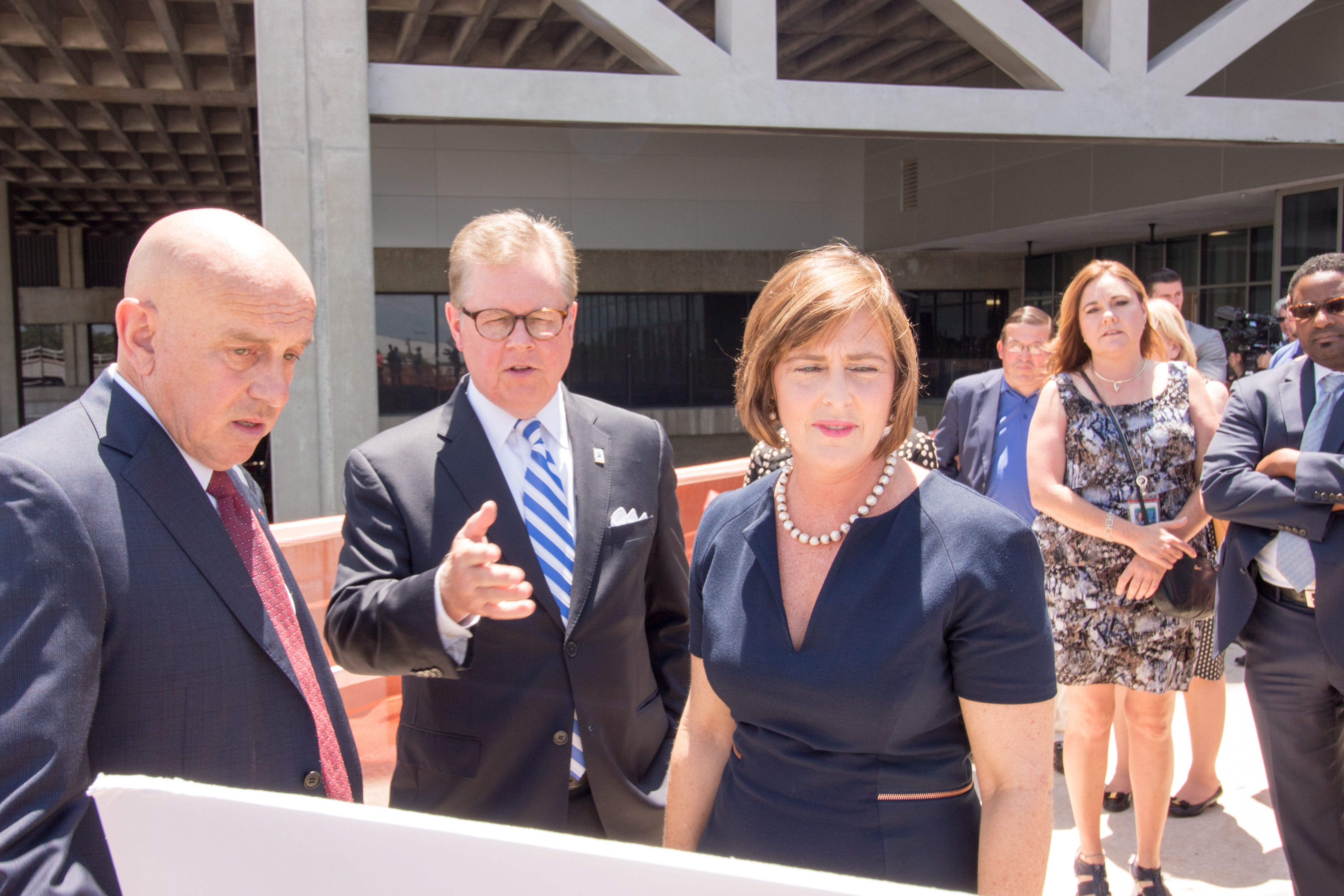By Bill Wyatt, Executive Director, Salt Lake City International Airport
I’m often asked why, after a week of retiring from the Port of Portland (PDX), I decided to accept an offer to go back to work as the new executive director of the Salt Lake City International Airport (SLC).
The reason is simple: SLC is building what will be the first new hub airport in the country in the 21st century. We’re not talking a remodel or an expansion, but an entirely new airport. The new airport will secure SLC’s position as a global aviation hub that will serve and grow with the region for decades to come.
As with many airports, SLC is experiencing tremendous passenger growth and operating in facilities that are over-utilized and well past their prime. The history of SLC goes back to 1961, when Terminal 1 first opened. Over the years, we added Terminal 2, additional concourses and an International Terminal. Our newest building is the International Terminal, which was constructed more than 20 years ago.
Our facilities were originally built to accommodate 10 million passengers and, today, SLC is seeing upward of 25 million passengers each year. We have become a thriving hub airport for Delta Air Lines and today are Delta’s fourth largest hub.
Our passengers experience congestion at SLC daily, whether it’s curbside, in the parking garage or when trying to find a seat in gate hold areas and restaurants. Plus, the lack of available gates limit new air service to SLC.
But that will all change the fall of 2020, when the first phase of The New SLC Redevelopment Project opens with a parking garage with double the capacity, one central terminal with 16 security lanes and portions of two new concourses. Once we open the first phase, the process to build the second phase begins with the demolition of current facilities, which allow construction to the east to commence. Come 2025, the entire project will be complete and passengers will travel through an entirely new, modern airport.
The advantage to building a new airport is that you can design for the future. The New SLC will be more efficient and more sustainable. The new concourses are designed in a parallel configuration, which will eliminate aircraft bottlenecks, so airlines can get their planes back in the air faster.
We are also aiming for a LEED Gold Certification from the U.S. Green Building Council and plan to achieve this through a variety of ways, such as converting all airline ground service equipment to electric by 2023. The use of natural light will also help to achieve our energy goals.
Those who have arrived at Salt Lake City may have experienced a phenomenon that is unique to our airport and which we are addressing in the new terminal. Thousands of young men and women travel around the world on missions for the Church of Jesus Christ of Latter-day Saints and depart from our airport. SLC is also the place where friends and families come to greet these missionaries when they return home. It’s not unusual to see large gatherings at the luggage carousels with family and friends holding signs welcoming back their loved ones. This also presents a challenge to passengers attempting to get their luggage. In the new terminal, we will have a Meeter-Greeter Room where those waiting for passengers to arrive – whether they be military personnel, missionaries or a winning sports team – can relax in a comfortable setting.
But beyond the brick and mortar, the new airport has been designed to leave a lasting impression on travelers. Art and other elements will provide a sense of place through the use of sandstone, copper colors and native plants. The design incorporates plenty of windows to provide views of the mountains from many vantage points throughout the airport, including from an outdoor deck from Delta’s Sky Club.
Passengers will be wowed by massive art installations, such as The Canyon, which is being integrated on both walls of the airport terminal. The Canyon evokes the Salt Lake City landscape and spans roughly the size of a football field.
An expanded concessions program with 29 retail stores was recently announced and includes a mix of local, regional and national brands, including new brands such as Coach, Frye and Mac. The restaurant program announcement is coming soon and is expected to be just as impressive.
And the good news keeps on coming. The $3.6 billion-plus airport is being built without one cent of local tax payer dollars. For years, SLC was the only large-size, hub airport in the country to be debt free. That has since changed, but the foresight of those planning this project allowed the project to begin with savings. It will all pay off in the end. A recent economic impact study showed the project is contributing approximately $5.5 billion to the local economy.
SLC is currently one of the nation’s most cost-effective airports for airline operations and plans to maintain one of the lowest CPEs in the country for a hub operation.
So you can see why my plans to retire have been put on hold – so that I can be part of this remarkable program that will make traveling through SLC truly unforgettable.








